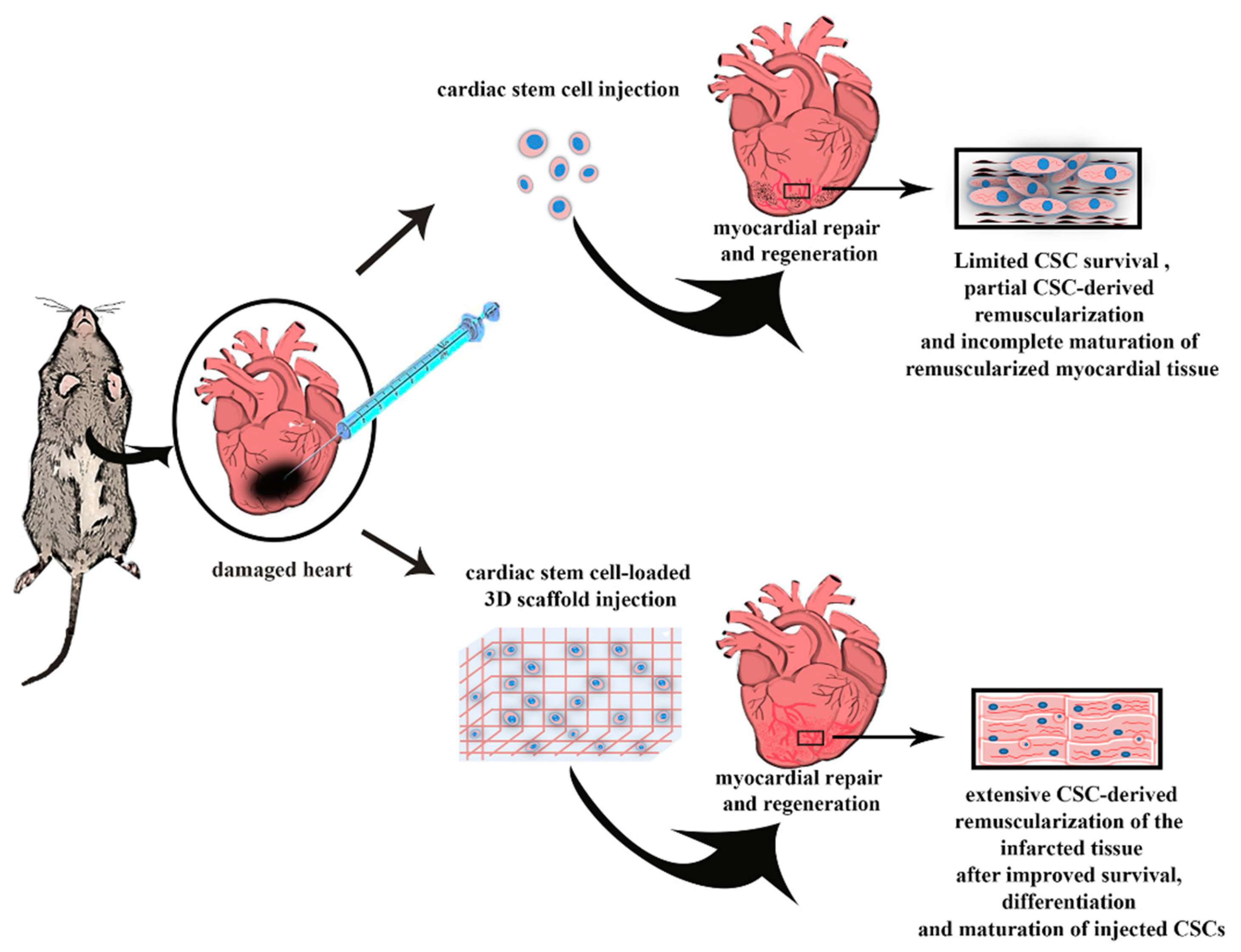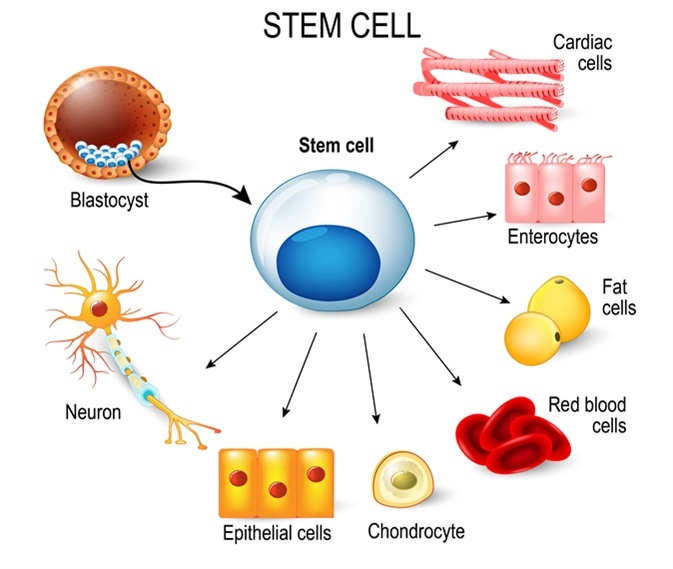Table of Contents
The authors note difficulties that stay, consisting of raising the engraftment success and cell survival. Because the ISCI and Miller Institution are leaders in this field, the writers likewise worry the need to systematize definitions and end results steps in the field. "The Hare Lab continues to be at the leading edge of pioneering brand-new therapies in this vital medical domain name.
Currently we are discovering how to harness such stem cells to help clients heal their own damaged hearts."The study is directed by the Cedars-Sinai Heart Institute, with the cooperation of the Johns Hopkins University, where Dr. Marbn worked before joining Cedars-Sinai in 2007. The 24 clients taking part in the research have hearts that were harmed and marked by cardiac arrest.

It takes about 4 weeks for the cells to increase to numbers sufficient for healing use, roughly 10 to 25 million. In the 3rd and final step, the now-multiplied stem cells are reintroduced right into the person's coronary arteries throughout a 2nd catheter procedure. All clients in the study needed to have seasoned heart strikes within four weeks before signing up in the research project.
Later on this summer season, it is expected that 12 more clients will certainly undertake treatments to receive 25 million stem cells, while six additional people will certainly be kept an eye on as controls. The initial client, Kenneth Milles, a 39-year-old controller for a little building firm in the San Fernando Valley, experienced a heart strike on May 10 because of a 99 percent blockage in the left former descending artery, a major artery of the heart.
The process to grow the cardiac-derived stem cells associated with the research was developed by Marbn when he got on the professors of Johns Hopkins University. The university has actually submitted for a license on that particular intellectual property, and has certified it to a company in which Dr. Marbn has an economic rate of interest.

All funding was obtained from the National Institutes of Wellness, the Donald W. Reynolds Structure and Cedars-Sinai Medical. Marbn holds The Mark Siegel Household Foundation Endowed Chair and Director of the Heart Institute.
Next-gen support for Heart Failure with promising results
Stem cell treatment for heart failing has actually arised as a new method to treat and handle the core of the disease.
Stem cell therapy can aid to minimize signs and boost the heart's pumping capability. This therapy utilizes the capacity of stem cells to self-regenerate and self-heal. Following the admission of stem cell shots for congestive heart failing, a number of systems enter play: Stem cells for cardiac arrest advertise the development of specialized heart muscular tissue cells and regrow damaged cells, boosting the heart's pumping capability.
These are types of adult stem cells that are gotten from bone marrow, fat cells, and skin cells. These are the most common and well-researched kinds of stem cells.
These are acquired from embryos and have the pluripotent capacity to change right into any sort of cells, consisting of heart ones. The primary problem with these cells is that, as they are taken from embryos, they have lots of ethical and legal restrictions and are just utilized in particular circumstances. for the factors mentioned over.
Deep dive into the use of stem cells for Heart Disease
These cells come from the heart and are well-suited to heart repair work. Please, contact our medical consultant to review your health condition with an expert in regenerative medicine. You can likewise leave your call information for a callback. It is free and personal. Medical Consultant, Swiss Medica doctor The application and treatment of stem cell therapy contains 5 actions: Patients begin with an online assessment with our clinical advisor and are after that reviewed by a cardiologist, that will get the essential case history, execute blood tests, and demand imaging researches to figure out whether stem cell treatment for heart failure is a practical option.
We carry out stem cells via painless stem cell injections for coronary infarction. A very trained doctor will certainly inject refined stem cells into the bloodstream; the entire procedure takes less than an hour. After completing the heart disease stem cell therapy procedures, our patients will certainly be monitored for any problems and results.
Navigation
Latest Posts
New hope for Heart Disease using stem cells
Does stem cell therapy support Heart Failure — what the science says
Breakthroughs in stem cell therapy for Heart Disease explained